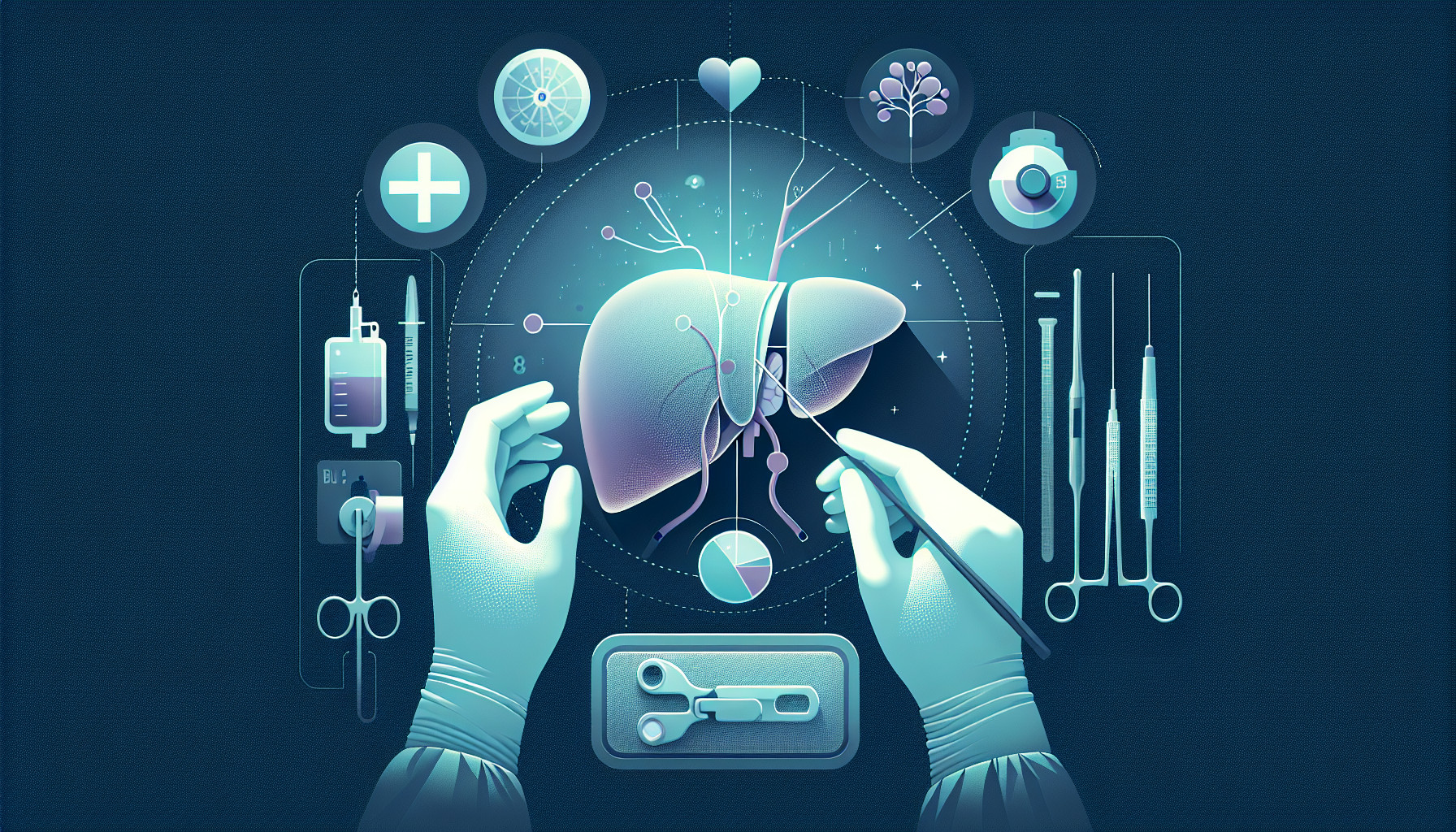Our Summary
This research paper talks about a rare condition called chylothorax that can occur after a liver transplant. This condition is where a type of body fluid called lymph leaks into the space between the lung and chest wall. The authors reviewed previous cases of chylothorax after abdominal surgery, particularly focusing on those related to liver transplant. They also discussed two cases of their own, which involved children who underwent liver transplants due to different liver diseases. They found that chylothorax occurred after the patients were discharged from the hospital and that it was mostly treated with simple, non-aggressive methods. They concluded that this condition is a rare complication after abdominal surgery and can usually be treated conservatively. More invasive procedures or surgery should only be considered if the initial treatment doesn’t work.
FAQs
- What is chylothorax and how often does it occur after a liver transplant?
- What treatment methods are typically used for chylothorax after a liver transplant?
- When should interventional procedures or a surgical approach be considered for treating chylothorax after a liver transplant?
Doctor’s Tip
One helpful tip a doctor might tell a patient about pediatric liver transplant is to be aware of the potential complications, such as chylothorax, and to follow up closely with their medical team for monitoring and treatment if needed. In cases of isolated chylothorax after liver transplant, conservative treatment is usually effective, but intervention may be necessary in resistant cases. It is important for patients and their families to communicate any symptoms or concerns to their healthcare providers promptly.
Suitable For
Patients who are typically recommended for pediatric liver transplant are those with end-stage liver disease or liver failure due to various causes such as:
- Biliary atresia
- Alagille syndrome
- Alpha-1 antitrypsin deficiency
- Wilson’s disease
- Metabolic disorders (e.g. urea cycle defects)
- Acute liver failure
- Chronic liver disease (e.g. autoimmune hepatitis, primary sclerosing cholangitis)
These patients may have complications such as chylothorax after liver transplant, which can be managed with conservative methods in most cases. In rare instances where conservative treatment fails, intervention procedures or surgical approaches may be necessary.
Timeline
Before pediatric liver transplant:
- Diagnosed with liver disease
- Evaluation by medical team to determine need for transplant
- Placement on transplant waitlist
- Pre-operative testing and evaluations
- Living-donor liver transplant surgery
After pediatric liver transplant:
- Recovery in hospital post-surgery
- Monitoring for signs of complications, such as chylothorax
- Discharge from hospital
- Follow-up appointments with medical team
- Treatment of complications, if necessary
- Long-term monitoring and management of liver transplant
- Potential need for additional interventions or surgeries in the future
What to Ask Your Doctor
Some questions a patient should ask their doctor about pediatric liver transplant include:
- What is the success rate of pediatric liver transplants in children with similar conditions to my child?
- What are the potential risks and complications associated with pediatric liver transplant surgery?
- How long is the recovery process expected to take for my child?
- Will my child need to take immunosuppressant medications after the transplant, and if so, what are the potential side effects?
- How often will my child need to follow up with a transplant team after the surgery?
- Are there any restrictions on my child’s diet or activities following the transplant?
- What signs or symptoms should I watch for that may indicate complications following the transplant?
- What support services are available for my child and family during the transplant process and recovery period?
- How long can my child expect the transplanted liver to last?
- Are there any specific precautions or considerations I should be aware of for my child’s long-term health and well-being after the transplant?
Reference
Authors: Tırnova İ, Alim A, Vehbi S, Demir B, Akbulut A, Karataş C, Kanmaz T. Journal: Exp Clin Transplant. 2023 Aug;21(8):705-708. doi: 10.6002/ect.2022.0251. Epub 2023 Jul 27. PMID: 37503801
